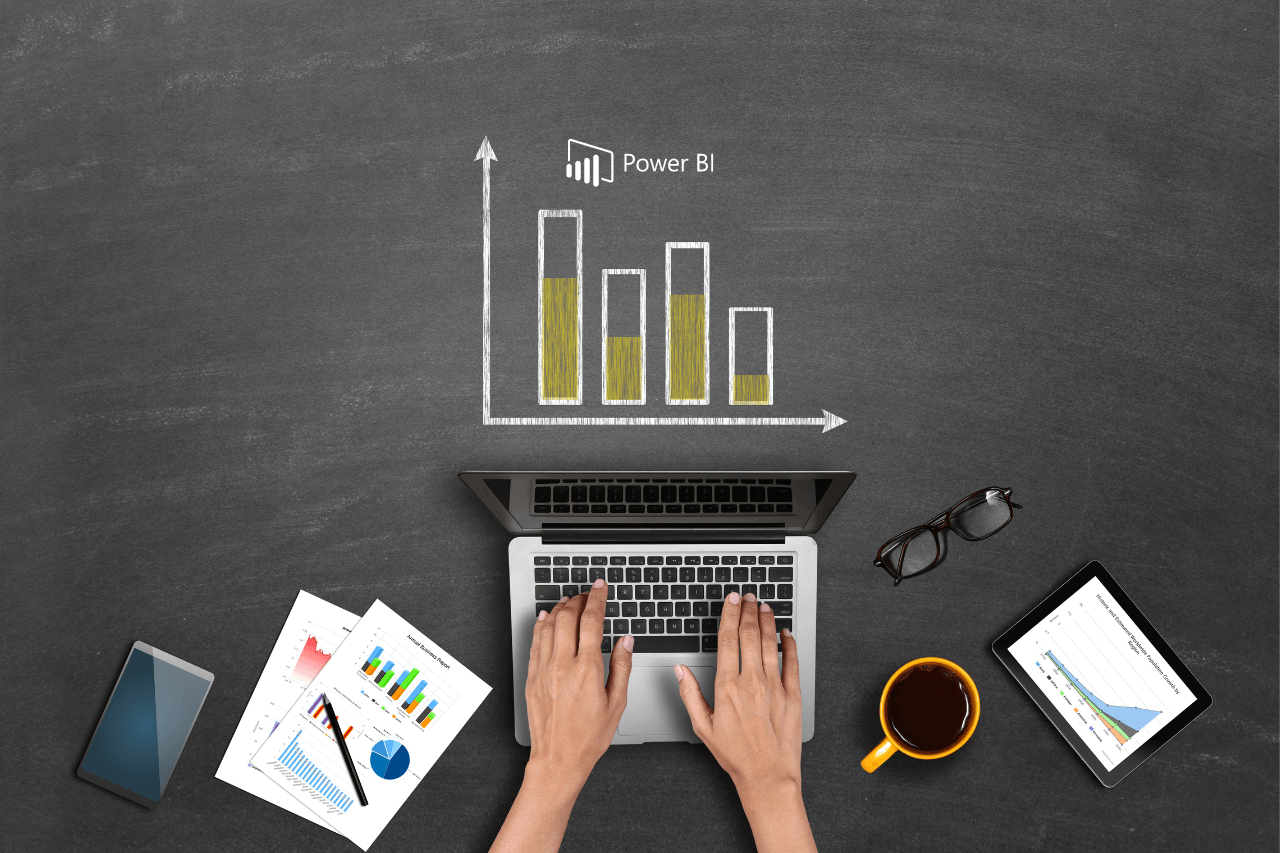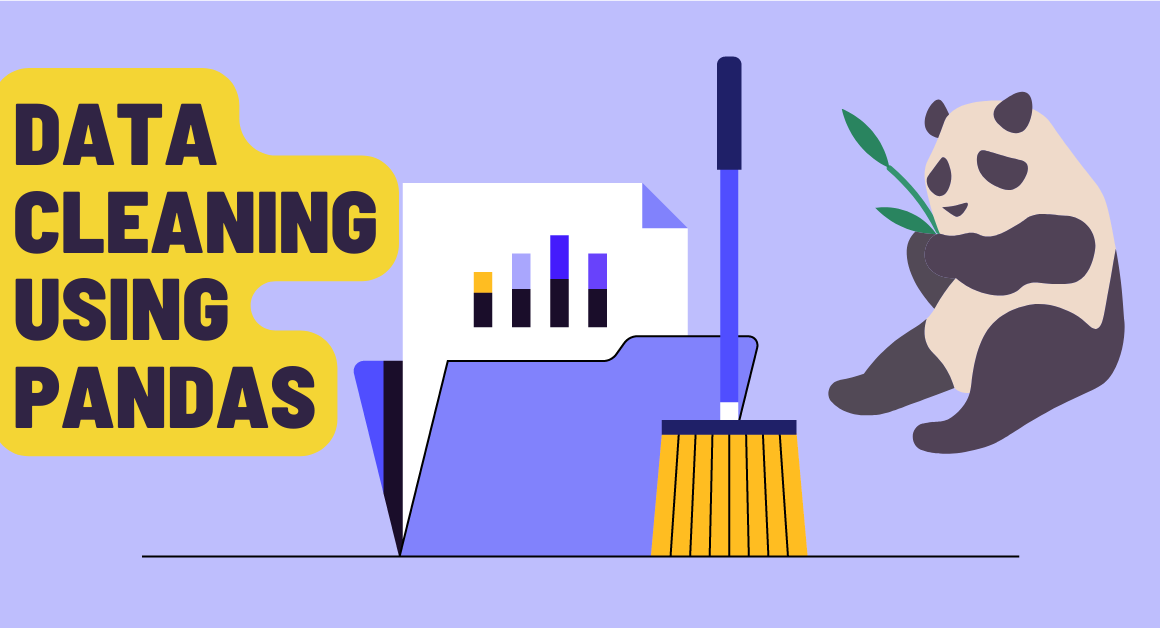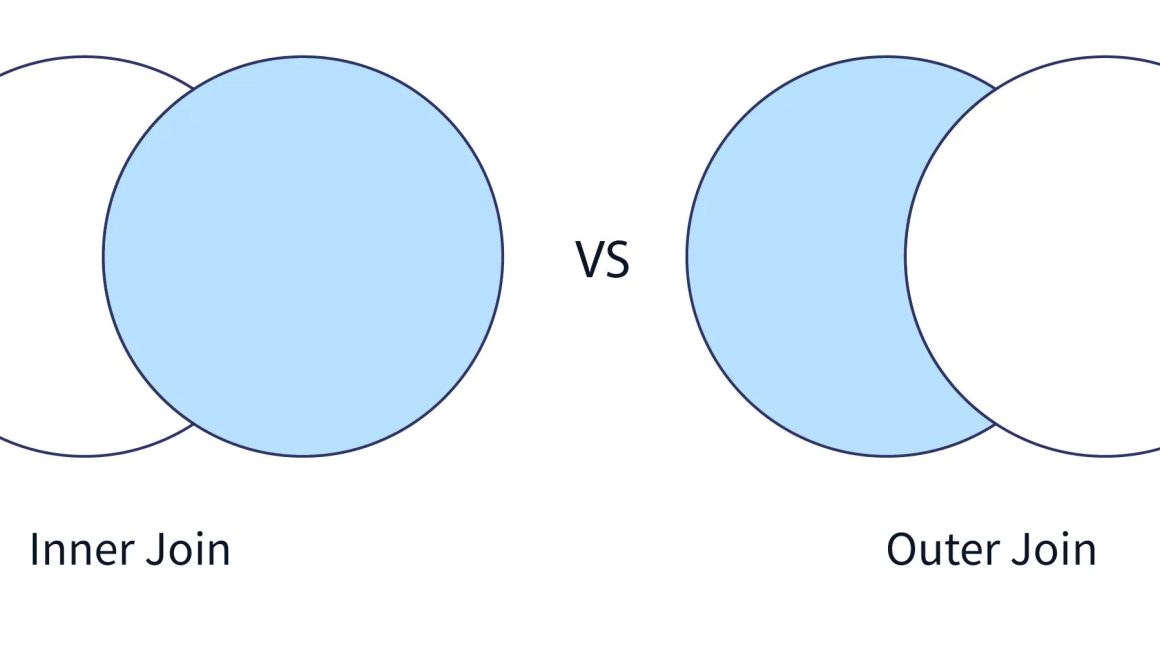Unleashing the Power of Data Analysis using Power BI
While it is widely known for its exceptional data visualization and reporting powers, we can also perform data analysis using Power BI by harnessing its capabilities. Let’s explore how this versatile tool can transform your data analysis journey.
In today’s fast-paced and data-centric world, organizations rely on robust data analysis tools to gain valuable insights and make informed decisions. Power BI, an innovative and powerful business intelligence tool developed by Microsoft, has emerged as a game-changer in the field of data analytics.
You’re reading the article, Getting Started with Data Analysis using Power BI.
- Understanding the Essence of Power BI
Power BI is a leading data analytics tool that empowers users to connect, transform, and visualize data from various sources effortlessly. It provides a user-friendly interface that allows even non-technical users to explore, analyze, and draw insights from complex datasets. With Power BI, you can not only create visually stunning reports and dashboards but also dive deep into data analysis to uncover hidden patterns, trends, and correlations. - Exploring Data Analysis Capabilities
Offering a wide range of features and functionalities that facilitate data analysis using Power BI. One such feature is the ability to perform data modeling. You can shape and transform your data using Power BI’s intuitive data modeling tools, such as data transformations, data shaping, and data enrichment. These capabilities enable you to prepare your data for analysis by cleaning, filtering, and structuring it in a way that best suits your analytical needs. - Harnessing Advanced Analytics
Power BI integrates seamlessly with Azure Machine Learning, Microsoft’s cloud-based machine learning platform, enabling you to leverage advanced analytics within your Power BI environment. By incorporating machine learning algorithms, you can gain predictive insights, detect anomalies, and perform sophisticated data analysis tasks. This integration expands the scope of data analysis in Power BI, allowing you to go beyond traditional reporting and delve into the realm of predictive analytics. - Tapping into DAX Functions
The Data Analysis Expressions (DAX) language forms the backbone of data analysis using Power BI capabilities. With DAX, you can create powerful calculations, custom measures, and complex aggregations to perform advanced data analysis. This flexible and formula-based language opens up a world of possibilities, enabling you to manipulate data, create calculated columns and tables, and build intricate analytical models. - Enriching Analysis with Data Visualization
While Power BI excels in data visualization, it also enhances the data analysis process by providing a vast array of visualizations and interactive tools. From basic charts and graphs to advanced visuals like treemaps, heat maps, and scatter plots, Power BI offers a comprehensive suite of visualization options. These visuals facilitate a deeper understanding of data patterns, correlations, and outliers, enabling you to gain actionable insights quickly. - Extending Power BI with Custom Solutions
Power BI’s extensibility allows you to integrate custom solutions, further expanding its data analysis capabilities. You can incorporate Python or R scripts into your Power BI reports, leveraging the power of these programming languages for complex data analysis tasks. Additionally, Power BI offers a rich ecosystem of connectors and APIs, enabling seamless integration with other data analytics tools and platforms.
You’re reading the article, Getting Started with Data Analysis using Power BI.
Power BI is not just a data visualization and reporting tool; it is a robust and versatile data analysis platform. With its intuitive interface, powerful data modeling capabilities, advanced analytics integration, and flexible DAX language, Power BI empowers users to perform comprehensive data analysis and unlock valuable insights. By combining data visualization with advanced analytical features, Power BI allows businesses to make data-driven decisions confidently.
You’re reading the article, Getting Started with Data Analysis using Power BI.
Whether you are a beginner or an experienced analyst, embracing Power BI can revolutionize your data analysis journey, propelling you toward success in the data-driven era.
Embrace the power of Power BI for data analysis and elevate your analytical prowess today!
Remember, learning is a continuous process. If you’re looking to enhance your data analysis skills, consider exploring online courses for data science. These courses offer in-depth training and hands-on experience with popular data analytics tools, including Power BI.
For those seeking the best data science institutes, there are several renowned institutions that provide comprehensive data science courses online. Invest in your professional growth and unlock the full potential of data analysis with Power BI!
Hope you liked reading the article, Getting Started with Data Analysis using Power BI. Please share your thoughts in the comments section below.







